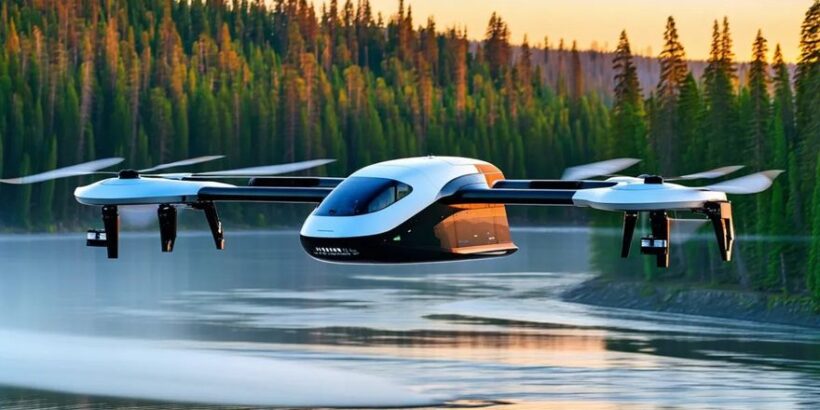Rosel Holding has commenced certification flight testing of a new line of multifunctional civilian unmanned aircraft systems (UAS) featuring advanced automated flight control technology. The sophisticated control system enables autonomous drone operations with seamless transition to manual control, delivering high navigation precision and mission safety. This development was announced by the press service of parent company Rostec State Corporation.
The product lineup includes an agricultural hexacopter and two fixed-wing UAVs powered by electric and gasoline engines, both capable of vertical takeoff and landing (VTOL). The automated flight control and navigation systems enable complex mission execution without constant operator intervention, significantly expanding operational capabilities while reducing operational risks.
Secure and reliable communication links between aircraft and ground control stations, supplemented by backup channels, complement the control system architecture. This design ensures operational stability across diverse environmental conditions. The high level of component localization demonstrates the project’s technological independence.
The unmanned aviation market is experiencing rapid growth. Industry experts project that annual UAS production will exceed 18 million units by 2030. Rosel’s primary competitive advantage lies in its high localization rate – nearly all components for these UAS are manufactured domestically in Russia. The holding emphasizes particular focus on flight performance characteristics, operational ease, and comprehensive technical documentation preparation.
Rosel Holding’s project represents a logical evolution in aviation technology through its proprietary automated flight control system, which enhances efficiency, safety, and operational versatility of unmanned aircraft systems. This advancement supports domestic market development and strengthens technological independence in UAS manufacturing.


